Draining solution to prevent washing away of mulch?
dkeats
12 years ago
Related Stories

LIFEHow Your Landscaping Can Keep Burglars Away
Prevent home break-ins with strategic landscaping and good practices instead of menacing — and maybe less effective — measures
Full Story
WINDOW TREATMENTSA Surefire Way to Prevent Sun Damage Indoors
Why let light ruin your furniture, floors and artwork, when the solution could be as simple as applying high-quality window film?
Full Story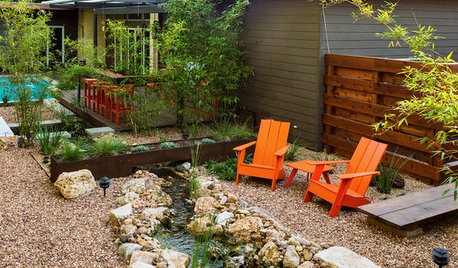
LANDSCAPE DESIGN4 Gardens With Creative, Earth-Friendly Drainage Solutions
See how designers have made the most of site conditions to manage runoff, catch rainwater and more
Full Story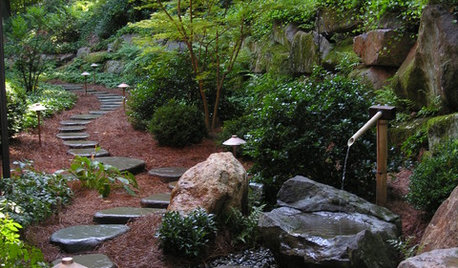
GARDENING GUIDESLowly Mulch Makes Magic in the Garden
Find out why you should be mulching your garden beds and what material is right for your site
Full Story
GARDENING GUIDESHow to Pick a Mulch — and Why Your Soil Wants It
There's more to topdressing than shredded wood. Learn about mulch types, costs and design considerations here
Full Story
GARDENING GUIDES10 Solutions for Soggy Soil
If a too-wet garden is raining on your parade, try these water-loving plants and other ideas for handling all of that H2O
Full Story
GARDENING GUIDESGardening Solutions for Dry, Sandy Soils
Has your desert or beachy site withered your gardening creativity? Try these ideas for a beautiful, easy-care landscape
Full Story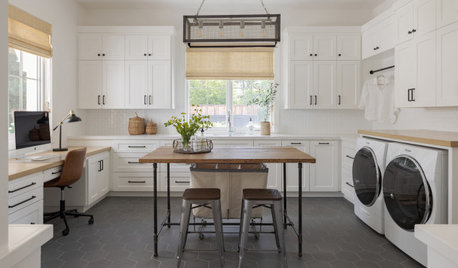
HOUSEKEEPINGHow to Clean Your Washing Machine
Cleaning your washer once a month will ensure that it stays spick-and-span along with your clothes
Full Story
HOUSEKEEPINGDishwasher vs. Hand-Washing Debate Finally Solved — Sort Of
Readers in 8 countries weigh in on whether an appliance saves time, water and sanity or if washing by hand is the only saving grace
Full Story
GARDENING GUIDESNew Ways to Think About All That Mulch in the Garden
Before you go making a mountain out of a mulch hill, learn the facts about what your plants and soil really want
Full Story






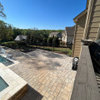

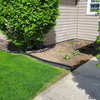
pinusresinosa
adriennemb2
Related Professionals
Windham Landscape Architects & Landscape Designers · Jennings Landscape Architects & Landscape Designers · Summit Landscape Architects & Landscape Designers · Willowick Landscape Architects & Landscape Designers · Brunswick Landscape Contractors · Englewood Landscape Contractors · Fort Worth Landscape Contractors · Mequon Landscape Contractors · Pahrump Landscape Contractors · Placerville Landscape Contractors · Rosemount Landscape Contractors · Foothill Farms Decks, Patios & Outdoor Enclosures · Lincoln Decks, Patios & Outdoor Enclosures · West Hills Decks, Patios & Outdoor Enclosures · San Juan Capistrano Swimming Pool Builderslaag
madtripper
Yardviser